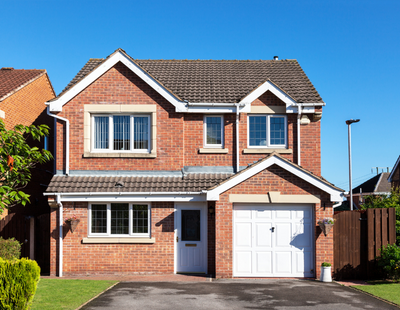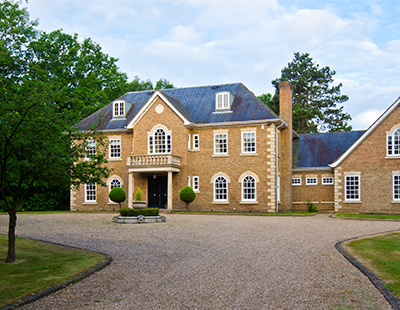
Homes have decreased in size every decade since the 1950s, despite house prices rising exponentially, according to new data.
Intriguingly the average living room of a newbuild in 2020 is nearly 20% smaller (194.9 sq. ft) than the average 1950s home (237 sq. ft). The detailed study of 450,000 UK houses going back to the 1930s, highlights that rooms were at their smallest in the 1930s, in the wake of a deep recession, with the average living room 172.6 sq. ft., master bedroom of 165.7 sq. ft. and kitchen 132 sq. ft.
The data was compiled by national home buying service Spring utilising data from Propalt. These figures show that house sizes climbed steadily until the 1960s and 70s when government policy shifted towards building high density housing on brownfield sites, leading to a fall in house sizes.
Despite housing prices rising dramatically since 2000, with double digit growth in many areas, there still continues to be a decline in house sizes, albeit at a lower rate than in the 80s and 90s. During the 2000s the average size of a living room was 212.5 sq. ft which is now 194.9 sq. ft., a decrease of 8.06 %. The average size of a master bedroom was 144.5 sq. ft., which now stands at 142.4 sq. ft., a decrease of 3.05%, while the average size of a kitchen was 144.5 sq. ft. and is now 142.4 sq. ft., a decrease of 1.05%.
Samar Shaheryar, co-chief executive of Spring, said: “Modern day house hunters are chasing less space for more money. The rise in home entertainment in the 1950s saw a significant increase in living room sizes, before the 1970s volume housebuilder made its mark with rooms getting progressively smaller since. This is due to some developers maximising the number of plots on a piece of lands.”
Independent buying agent Emma Fildes, founder of Brick Weaver, added: “With available land at a premium, it is little surprise to see a shrinking of homes through the ages. In some cases this means a decline in quality as the focus moves to maximising plots and expediting builds as quickly as possible. One way to offset this is to have a large variety of developers in the market, particularly SMEs who are less focussed on high volume and more on innovation, quality and where available, space.”
























Join the conversation
Jump to latest comment and add your reply
There is a definite need for a wider range of construction businesses in the industry to reduce the oligopoly power of the major developers, but this will require a large increase in the number of skilled workers. I'm a great believer in the importance of vocational training in the various trades relevant to the construction industry - as a country we must encourage more young people to acquire the necessary skills because the age profile of the existing workforce is too skewed towards older workers and as they retire the shortfall of qualified tradespeople will become even more glaringly obvious.
Please login to comment